Value Added Tax (VAT) can be a complex aspect of business finances, but understanding how to recover Input VAT is crucial for maintaining healthy cash flow and ensuring compliance with regulations. In the UAE, VAT recovery is an important process that businesses must navigate carefully. This article will guide you through a comprehensive checklist for Input VAT recovery under VAT in the UAE.
Input VAT refers to the tax paid on goods and services purchased by a business. In the UAE, businesses can recover the VAT paid on these inputs, provided they meet certain conditions.
Input VAT Recovery in the Jewelry Industry
The jewelry industry, characterized by high-value transactions and intricate supply chains, encounters unique challenges in VAT management. Input VAT in this sector typically arises from purchasing raw materials like gold, gemstones, and manufacturing services. Additionally, expenses related to marketing, storage, and transportation also contribute to Input VAT.
Jewelry Software and VAT Management
Specialized software, such as Jewelsteps, plays a crucial role in managing VAT for jewelry businesses. This software simplifies the process by automatically calculating VAT on purchases and sales, ensuring compliance with regulatory requirements.
Introduction to Input VAT Recovery under VAT in UAE
Value Added Tax (VAT) was introduced in the UAE in 2018 at a standard rate of 5%. Businesses registered under VAT can recover the tax paid on purchases (Input VAT) if the goods or services are used for taxable supplies. However, navigating VAT Recovery under VAT can be complex. This blog provides a simple, actionable checklist to help businesses claim Input VAT efficiently while complying with UAE regulations.
Why is Input VAT Recovery under VAT Important?
Input VAT Recovery is crucial for two reasons:
- Cash Flow Management: Reclaiming VAT reduces costs and improves liquidity.
- Compliance: Incorrect claims can lead to penalties or audits by the Federal Tax Authority (FTA).
By following the checklist below, businesses can ensure they meet all requirements for successful Input VAT Recovery under VAT.
Checklist for Input VAT Recovery under VAT in UAE
1. Verify Eligibility for Input VAT Recovery under
Not all purchases qualify for Input VAT recovery. To be eligible:
- Goods/services must be used to make taxable supplies (standard or zero-rated).
- Input VAT on exempt supplies (e.g., residential rent) cannot be recovered.
- Blocked expenses, like entertainment (unless for employees) or non-commercial vehicles, are ineligible.
Action Step: Review the purpose of each expense before claiming.
2. Ensure Proper Documentation for VAT Recovery
The FTA requires valid tax invoices or import documents to process claims. A valid invoice must include:
- Supplier’s and recipient’s Tax Registration Number (TRN).
- Date of issue.
- Description and value of goods/services.
- VAT amount charged.
Action Step: Audit invoices to ensure all details are accurate.
3. Confirm the Supplier is VAT-Registered
Input VAT can only be reclaimed if the supplier is VAT-registered in the UAE. For imports, VAT is recoverable if paid at customs.
Action Step: Verify the supplier’s TRN using the FTA portal.
4. Check Time Limits for Claiming Input VAT Recovery
Businesses must claim Input VAT within 5 years from the due date of the tax return for the period the invoice was received.
Action Step: File claims promptly to avoid missing deadlines.
5. Review the Nature of Expenses
Certain expenses are partially or fully blocked:
- Entertainment costs (except employee events).
- Motor vehicles are not used for commercial purposes.
Action Step: Consult the FTA’s list of blocked expenses before claiming.
6. Apportionment for Mixed-Use Expenses
If expenses relate to both taxable and exempt supplies (e.g., office rent), businesses must apportion Input VAT. Use a fair method, such as:
- Turnover ratio (taxable vs. exempt sales).
- Usage-based allocation.
Action Step: Document your apportionment method for FTA review.
7. Maintain Accurate Records
The FTA mandates record-keeping for 5 years, including:
- Tax invoices.
- Import/export documents.
- VAT returns.
Action Step: Use digital tools to organize records efficiently.
8. Submit VAT Returns Accurately and Timely
Report Input VAT in Box 9 of your VAT return. Errors can be corrected in subsequent returns within the 5-year window.
Action Step: Double-check figures before submitting returns.
9. Seek Professional Assistance if Needed
Complex cases (e.g., cross-border transactions or audits) may require expert help. Tax consultants can ensure compliance and maximize claims.
Action Step: Partner with a VAT specialist for high-value or unclear transactions.
Common Mistakes to Avoid in Input VAT Recovery under VAT
- Missing Deadlines: Late filings result in lost claims.
- Incomplete Invoices: Missing TRNs or VAT amounts lead to rejections.
- Overlooking Blocked Expenses: Claiming ineligible items triggers penalties.
- Incorrect Apportionment: Using unjustified methods risks disputes.
Conclusion
Input VAT Recovery under VAT in the UAE is a powerful tool to reduce business costs. By following this checklist—verifying eligibility, keeping records, and avoiding common errors—you can streamline the recovery process and stay compliant. Regularly review FTA guidelines and seek professional advice to adapt to regulatory changes.

